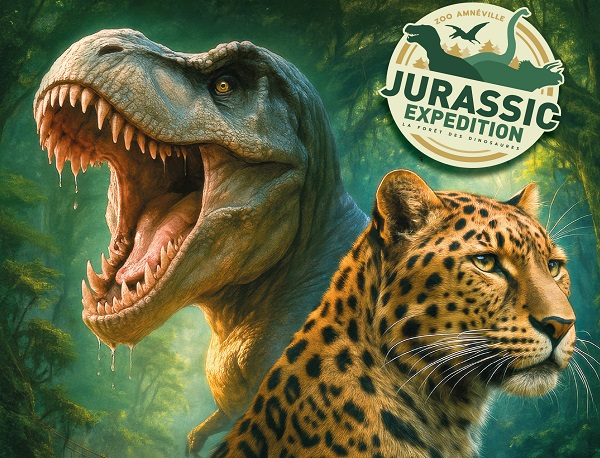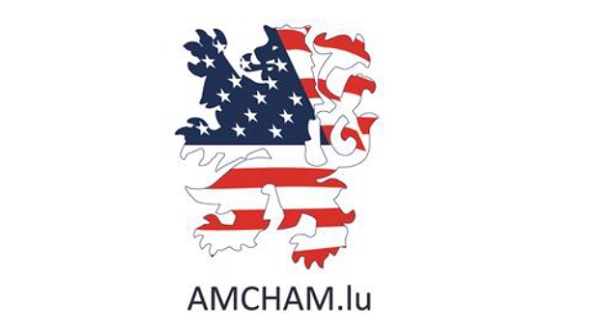 Credit: Zoo d’Amnéville
Credit: Zoo d’Amnéville
Amnéville Zoo, located over the border in the Grand Est region of France, has unveiled its programme for the new season.
The focus this season is prehistoric animals and extinct species, with the highlight being the "Jurassic Expedition". This immersive experience promises to take visitors on a journey through time to discover "a lost world, populated by the most fascinating creatures in the history of the planet". A 200-metre forest trail featuring 67 life-sized, animated dinosaurs awaits. The largest dinosaur is 23 metres long and over 10 metres high.
Before entering this "dinosaur forest", the expedition begins in an educational science space. This covered space offers interactive activities to allow visitors of all ages to "immerse themselves in the world of dinosaurs in a different way". There are also explanatory signs along the trail. Entry to the Jurassic Expedition is included in the zoo admission ticket; the experience is now open to all visitors (opened during the weekend of 24-25 May 2025).
The zoo noted that it took a total of six months to create the Jurassic Expedition, with dinosaurs imported from China.
Located within this expedition space is the "Jurassic Kids Camp", a playful exploration zone aimed at sparking the curiosity of children by immersing them in a life-size (120 m2) fossil dig site. Young visitors can use real tools to experience the work of palaeontologists. A nearby "Jurassic Bar" offers a rest area for parents.
In other news, Amnéville Zoo announced the arrival of three (endangered) white-bellied spider monkeys and the rescue of eight crab-eating macaques from laboratory conditions. A ten-month old male red panda cub also recently joined the zoo's female red panda resident. Meanwhile, the zoo's aviary saw the birth of a Ural owl, as part of a species reintroduction programme, with release into the wild planned in Bavaria "in the coming months". The zoo said it is also preparing to welcome the endangered dama gazelle; it noted: "These rare antelopes, now extinct in the wild, represent a powerful symbol of the ex situ conservation efforts carried out by zoological parks."








